What you’re looking at in the image above is the inside of a Steinway Grand Piano. For a sense of perspective, just look at the size of the screw head at the top right. Wow!
It is truly amazing and beautiful, isn’t it? Now take a look at the inside of a violin and the inside of a flute:
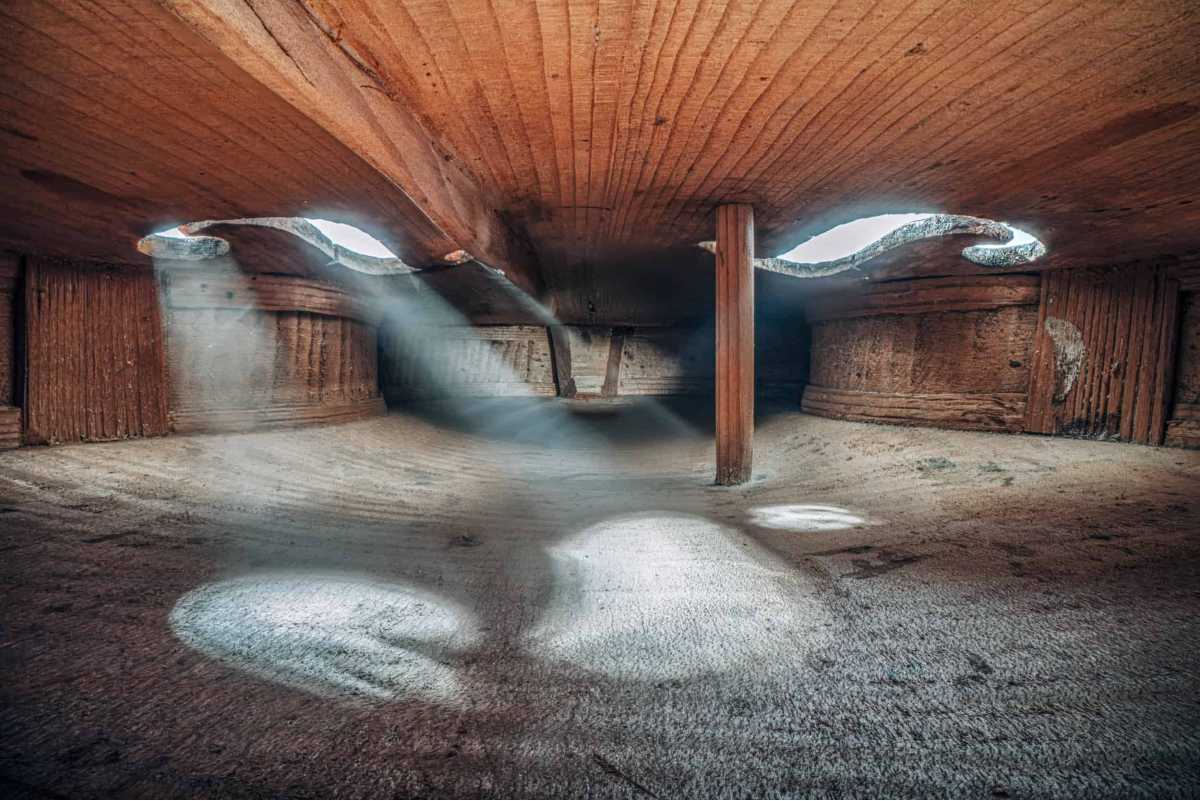
Hopf Violin, Circa 1880
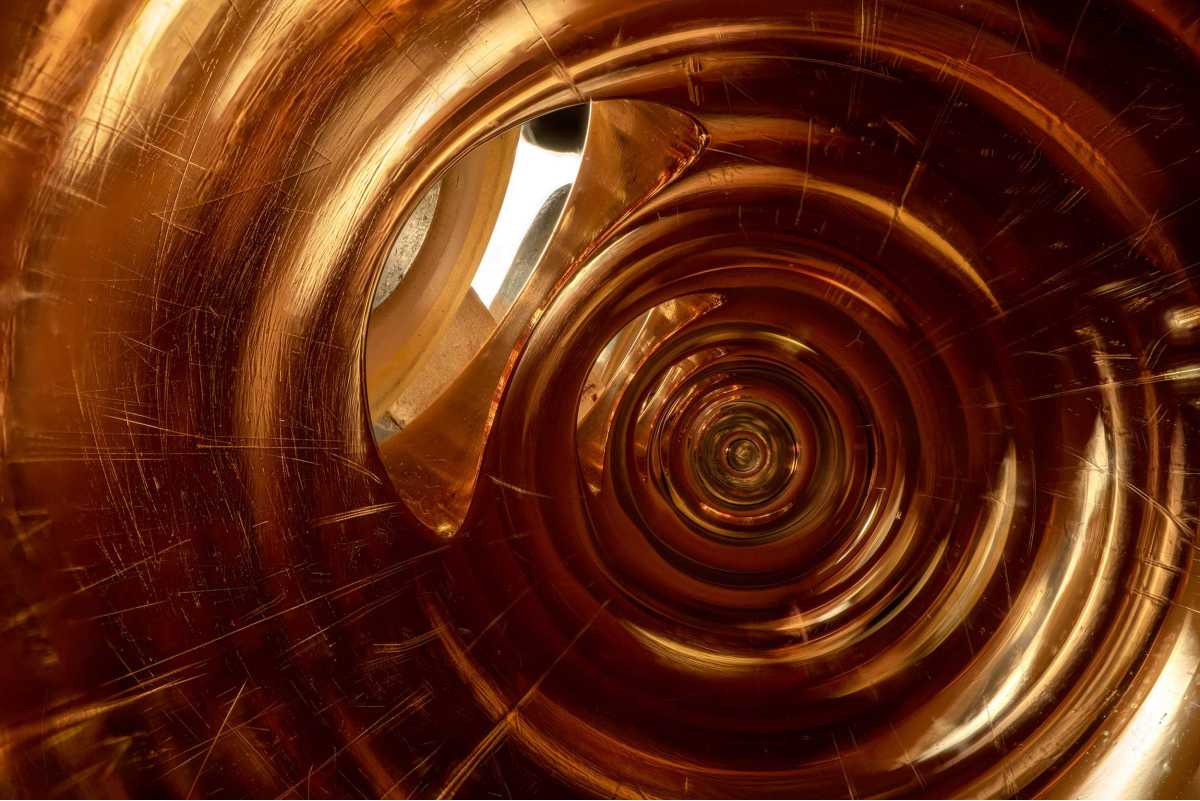
14k Burkart Elite Rose Gold Flute
When you look at these images, you feel as though you are playing a part in the movie, Honey, I Shrunk the Kids!
It’s almost as if you could run right into the picture and then wander around exploring every facet of the huge space. (But of course, it’s not a huge space, just a magnification of rather small spaces.)
The photographer who took these marvelous images, Mr. Charles Brooks of New Zealand, notes a similar reaction in virtually everyone who views his photos:
“Everybody wants to walk through them,” he says. “A surprising number of people want to skateboard through them!”
Of course! The images themselves seem to invite the viewer inside for an adventure.
Vital and Captivating
 Charles Brooks has clearly captured something vital and inspiring about musical instruments simply by allowing us to look at them in a different way: from the inside. In the case of totally encased instruments like the violin, this is a view that no one but the creator of the instrument ever sees.
Charles Brooks has clearly captured something vital and inspiring about musical instruments simply by allowing us to look at them in a different way: from the inside. In the case of totally encased instruments like the violin, this is a view that no one but the creator of the instrument ever sees.
Brooks’s unique artistic concept and his camera have opened a kind of sacred window for us into the inner world of music.
(His website is called Architecture in Music, and I’ll provide a direct link to it at the end.)
Brooks uses modern endoscopic technology to get a look inside the difficult-to-reach or enclosed spaces of musical instruments, and I’m sure you’ll agree with me that the result is truly stunning.
The Series
Mr. Brooks is a cellist by trade but earned an international reputation in the field of photography. He began by photographing famous musicians, then turned his lens to explore the inner world of musical instruments.
He calls the series, appropriately, “The Space Within” and describes his work in clear and simple terms:
Photographed using exotic probe lenses and specialist processing techniques, these instrumental interiors appear as vast concert halls or contemporary architecture.
Each shot is comprised of dozens to hundreds of individual images, carefully blended to give the illusion of space.
Quite a novel idea! Or is it?
Well, in the use of this new technology, yes, but I’m going to go out on a limb and say that it’s actually an old idea that Mr. Brooks presents in a new and radiant garb.
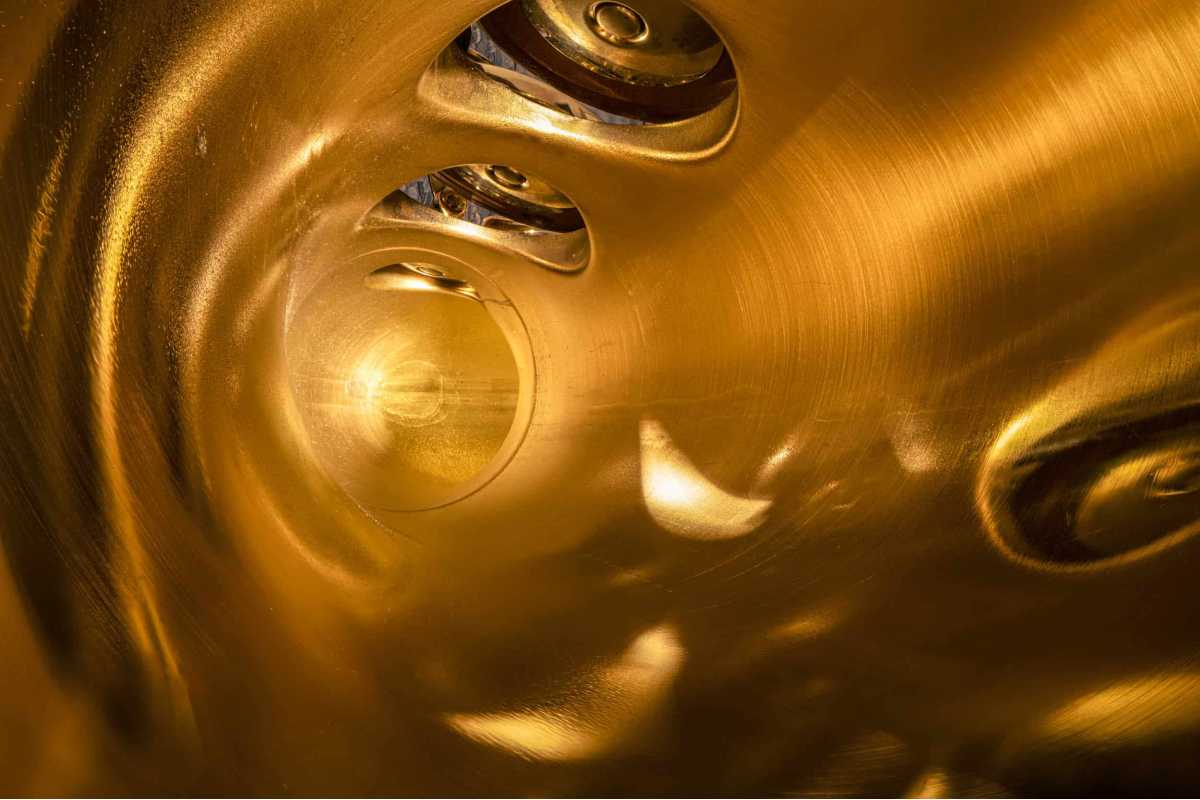
2021 Selmer Saxophone
Inner Life
I never realized that instruments have a sort of inner life, but it makes perfect sense when you think about the nature of musical instruments.
Every musical instrument is a shell or framework of some sort that echoes the sound the musician makes by hitting, plucking, strumming, or blowing into it, as I noted in a recent Vignettes piece on the Marimba.
It’s the shell or structure of the instrument that echoes the sound made by the striking. The same is true with string, wind, and brass instruments.
By definition a shell is an empty space, which makes it in essence a tiny echo chamber. And without that physical space to amplify the sound, the structure would only produce noise. So, I guess instruments do have an inner life! In sum:
Their outer life (form or structure) is what we see.
Their inner life (empty space) is what we hear.
In that sense, they’re kind of like humans. Let me explain.
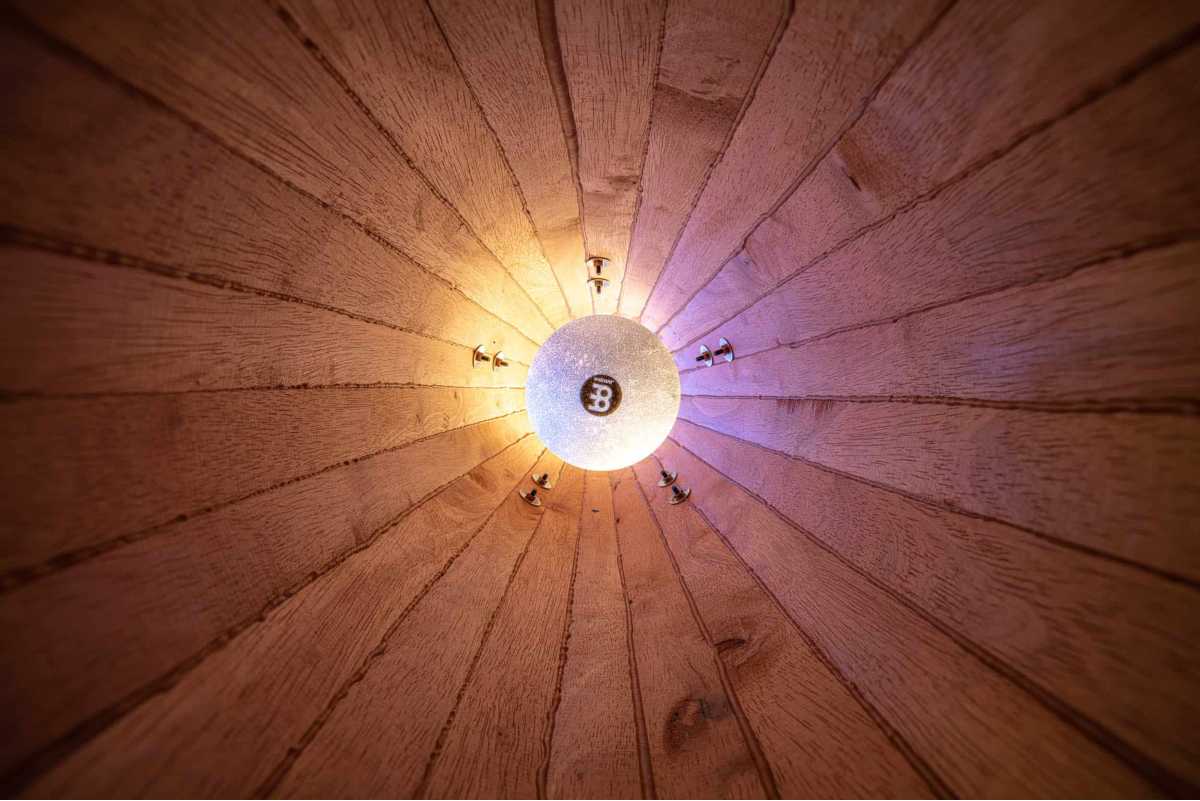
Meinl Conga Drum
Empty Spaces
Humans have an outer life and an inner life too. All of our Church’s greatest theologians as well as the great ancient philosophers have recognized that we are hybrid creatures consisting of a physical body and an immortal soul.
That means that each of us has a distinct inner space, like a musical instrument, with which to echo outward the life of grace in our souls (if we open our souls to it, that is).
Perhaps an analogy is due here.

Fine Wooden Flute
The English spiritual writer, Carryl Houselander, once wrote a book about the Virgin Mary called The Reed of God.
In it, she compares Our Lady to a wind instrument (essentially a reed) that is hollow and resonant. Like a master musician, the Holy Spirit blows through Mary as His instrument to make sacred music for the world.
The reed is not the musician—the Holy Spirit is. The hollow reed is just the echo chamber of the music, although Our Lady is not just any hollow reed. She is the most refined and melodious instrument ever created by God, the one that made it possible for the divine music to radiate out into the world. It’s a very nice analogy if you ask me.
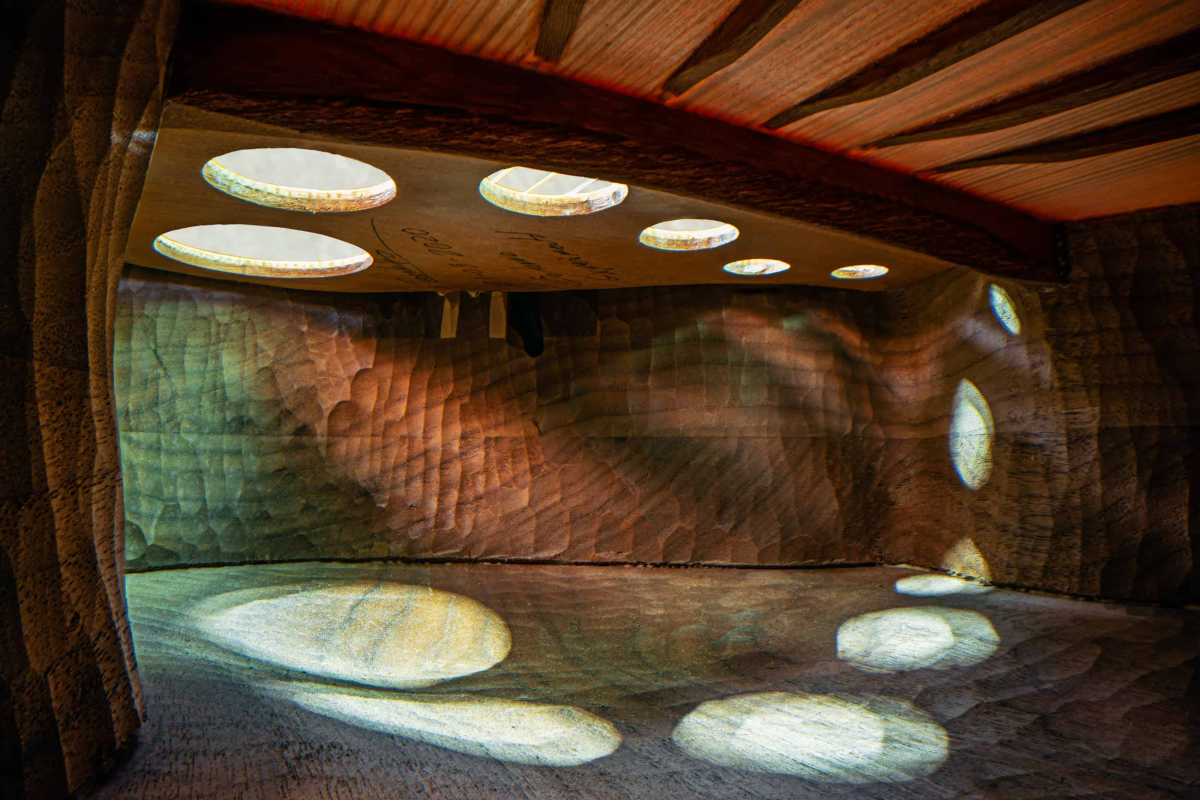
Siete Lunas Guitar (note the chisel marks)
We don’t know what Mother Mary looked like, physically, but we do know what Our Lady’s soul was like—because “all generations” have heard the music and seen the effects of the inner space in her soul that perfectly magnified God’s grace to the world.
Her soul was empty, but not in the sense of a spent carton that one discards after use. It was empty like the inside of an instrument is empty. As an echo chamber.
When she agreed to be the instrument of God’s plan, He occupied the other empty space in Mary—her womb—to become one of us.
It’s always that way: spiritual/inner openness to grace comes first, which then creates possibilities for God to change our physical world or circumstances in and through us.
Lenten Aspect
There is a Lenten message in these musical empty spaces, I believe. What we see in Brooks’s images are spaces that are perfectly pure, clean, and uncluttered, the ideal condition for top-performing instruments.
But imagine if the insides of these pristine instruments were clogged with dirt and debris. The effects would be awful!
- Ugliness marring the beautiful form;
- Clutter distorting the clear architectural lines of the instrument;
- Debris blocking some of the valves or outlets for proper wind flow;
- Obstructions causing changes in the sound, and,
In the case of the instruments with polished surfaces, a tarnishing or dulling of the radiance of the instrument itself.
A musician can still play a dirty instrument, but it won’t resonate well. It won’t be an experience of beauty, as music should be.
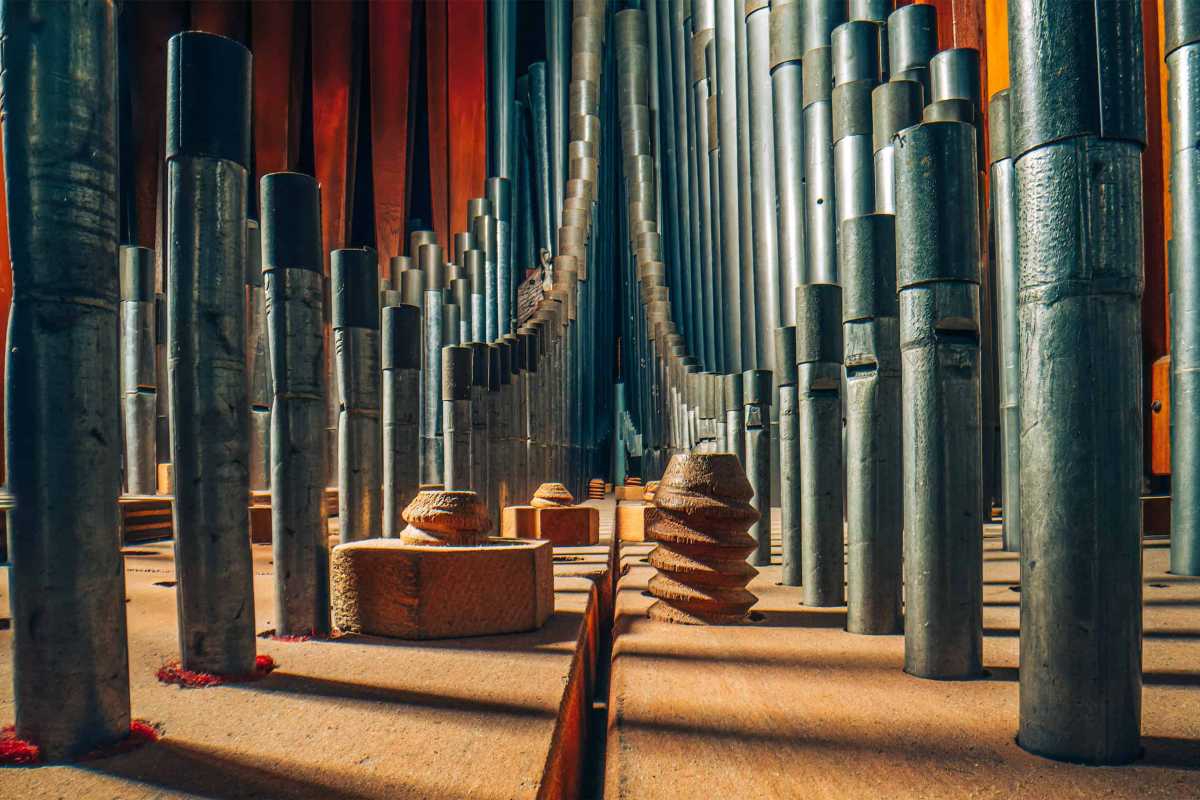
St. Mark’s Pipe Organ
Souls Are Like That Too
It takes no imagination for a religious person to extend the analogy to the spiritual concepts of sin and purity. The pure soul, like Mary’s, echoes or magnifies grace much better than the unclean soul, just as a clean instrument simply plays a purer tune.
Lenten penances and disciplines have no other objective than to cleanse us interiorly, remove obstacles to grace, and augment the capacity of our “spaces within,” our souls.
Then, it’s all about letting the Lord make His music through us. Your song is different from mine because your instrument is different, and the variety of instruments and songs all echo the song of the one great Musician.
In the one-minute video of his work that I’ve linked to below, Mr. Brooks recounts the blessing of working with so many wonderful instruments up close and personal.
He’s seen that each one has its own unique character and sound, which in a way is like its own musical personality.
He concludes his interview saying that “every instrument’s got a story.”
Amen. And every soul does too.

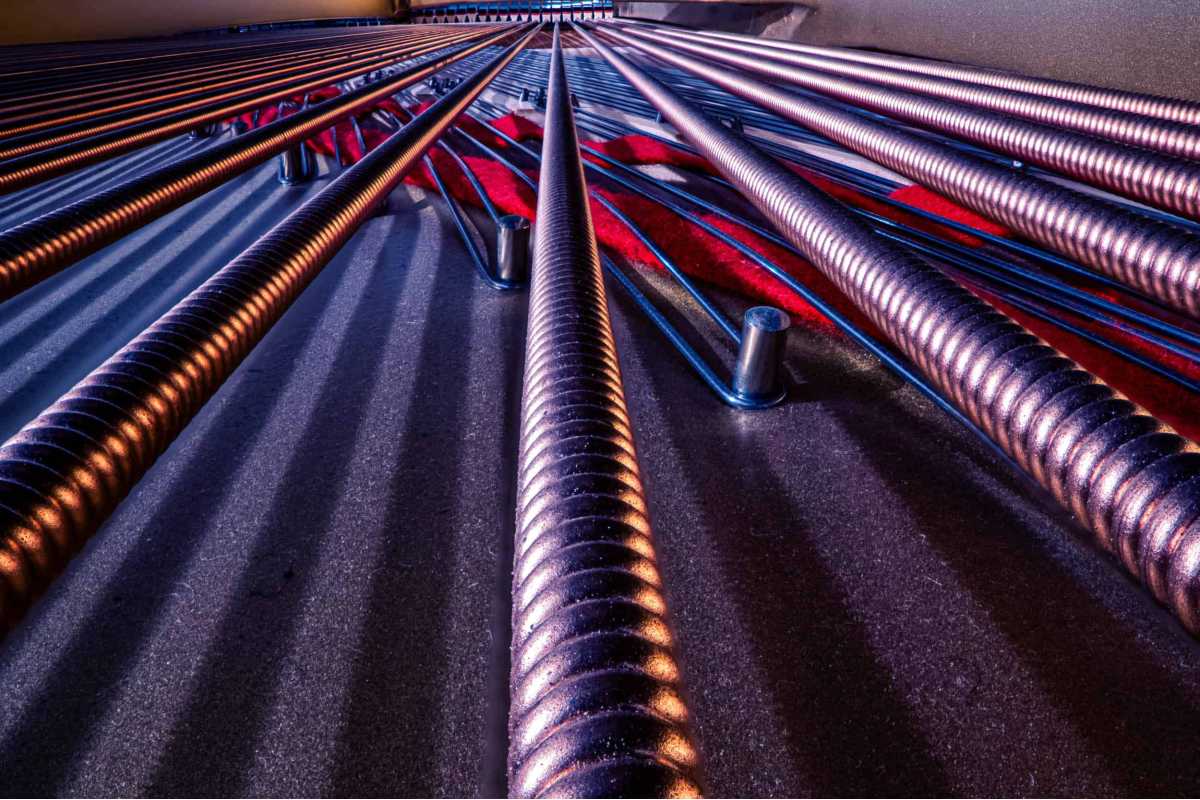
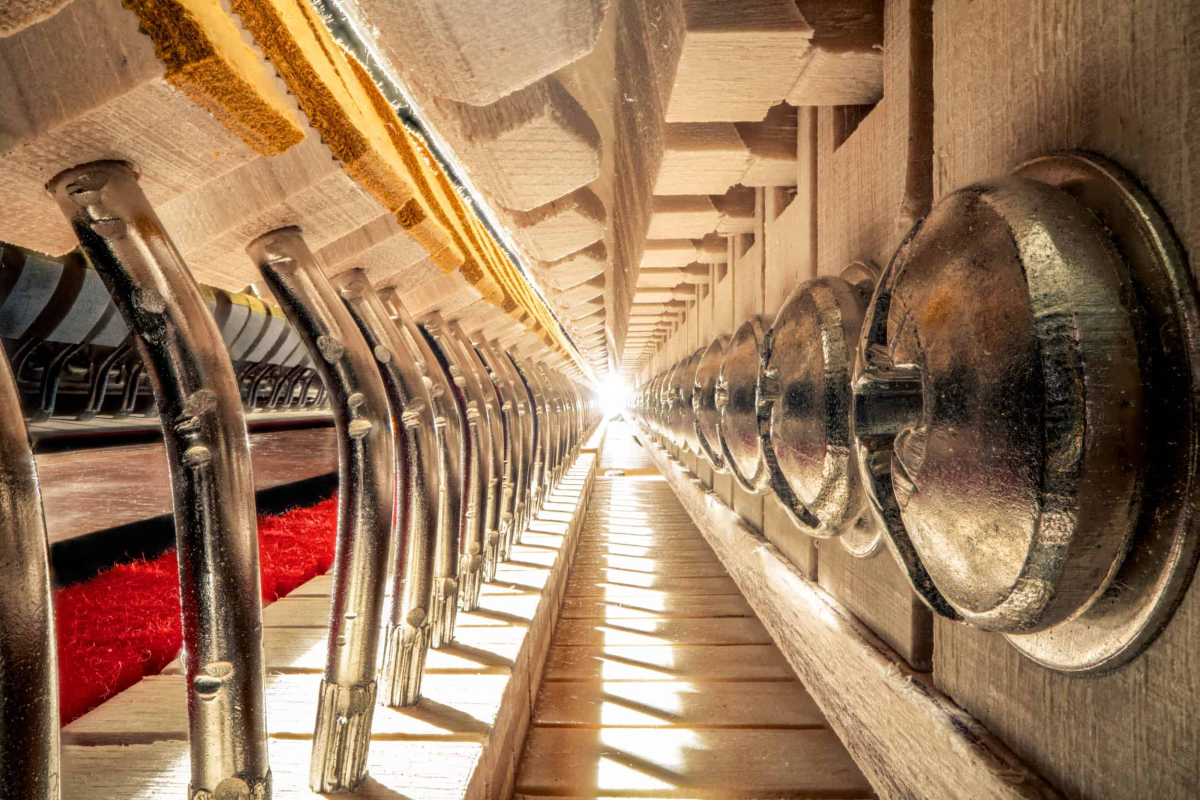
Steinway and Fazioli Grand Pianos
If you’d like to visit his website, click on the button below and feast your eyes. The website features a Gallery of many more instruments than I’ve been able to include in this short article, and when you click on any image, you’ll read many incredible details about the unique character of each instrument Brooks photographed. (He also sells prints of these marvelous images.) Truly fascinating.
—–
Photo Credits: All photos courtesy of Charles Brooks Photographer, who graciously allowed the publication of his works on Sacred Windows.
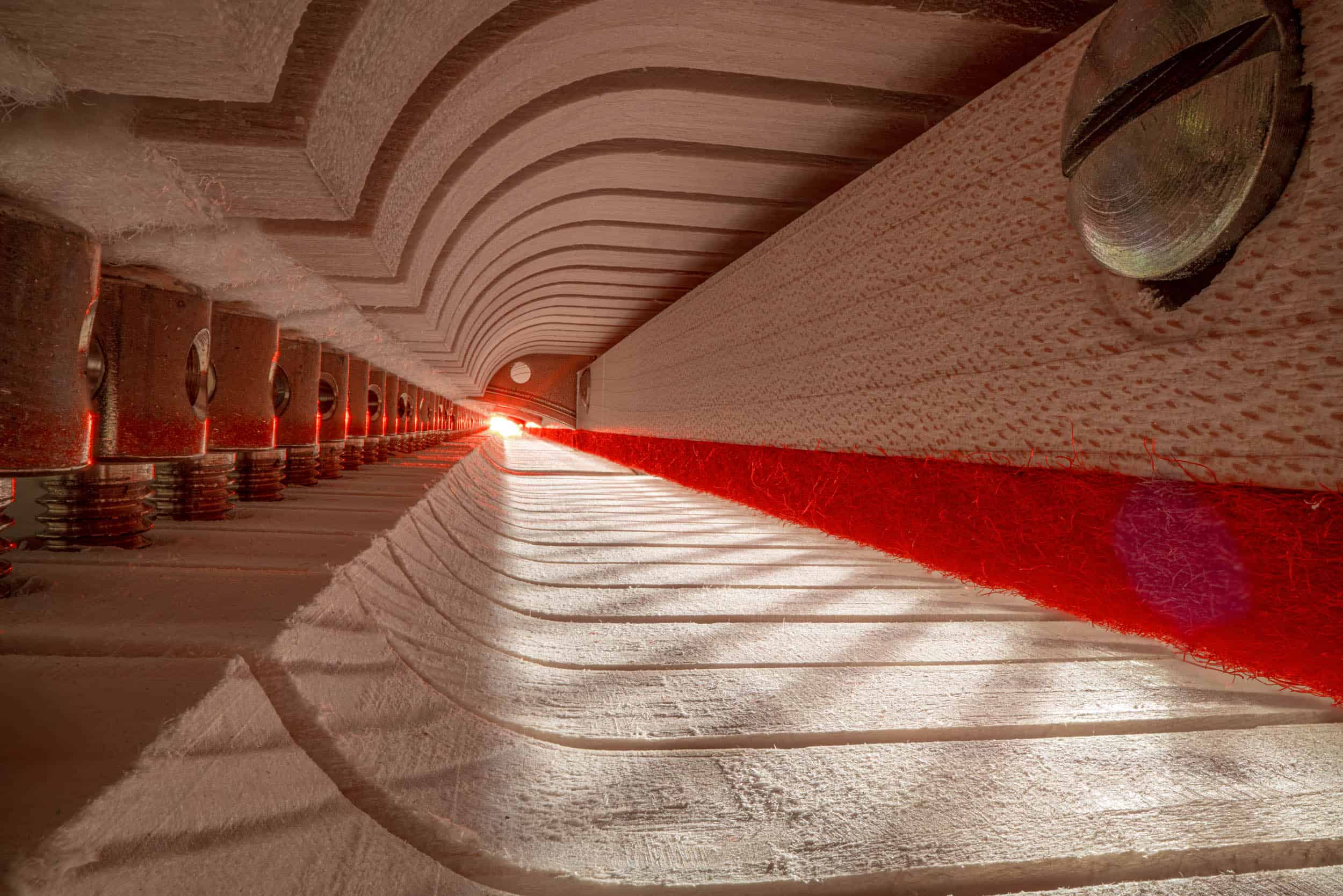


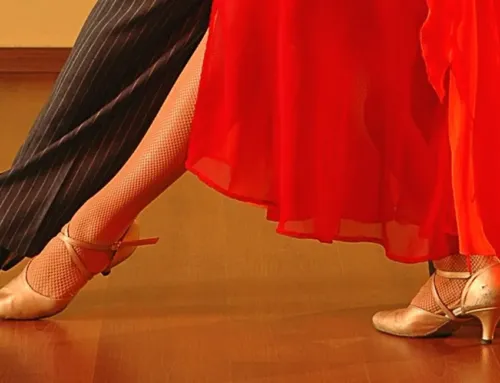
I’ve returned to this marvelous article several times this past year for encouragement in my walk with the LORD! It reminds me to continue trusting Him completely for everything in my life, surrendering it all into His Hands, just as Mary did, and just as Jesus did to our Heavenly Father while He was on earth. I also love music, so this article resonates with me on a couple of different levels. Thank you for posting something so beautiful, fascinating, and spiritually edifying! God bless you!
Thank you Annabelle! God has given us so much wondrous beauty and goodness in this world of His. I can’t even fathom what the perfection of heaven will be like.